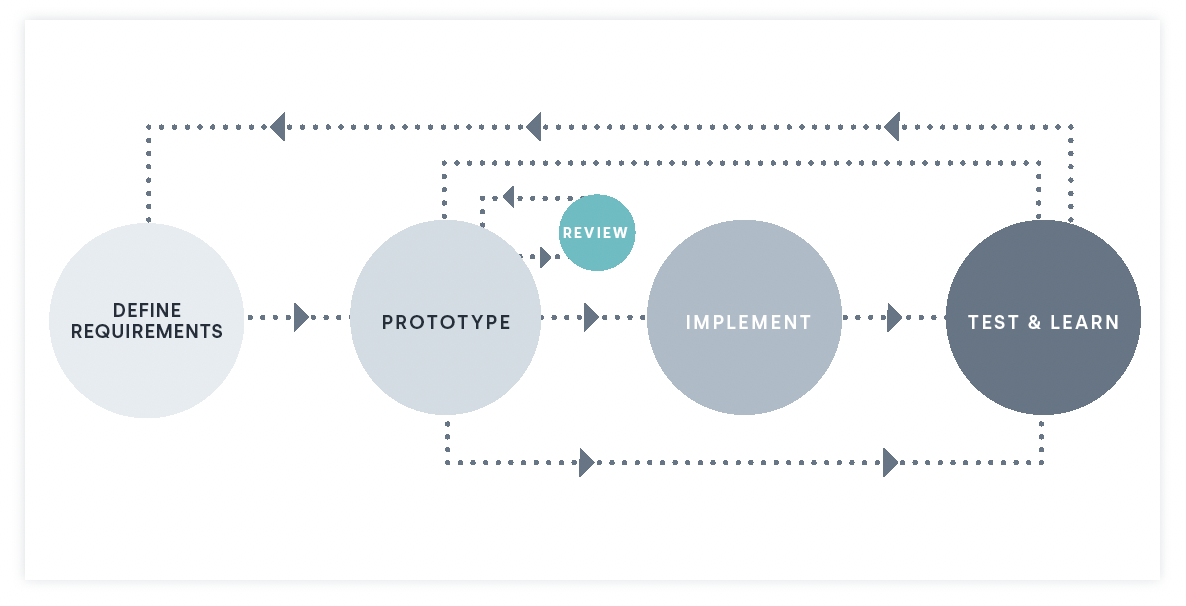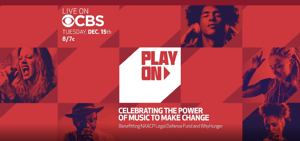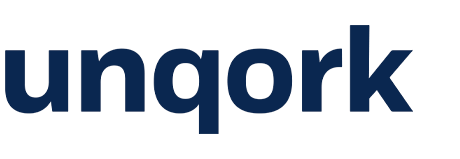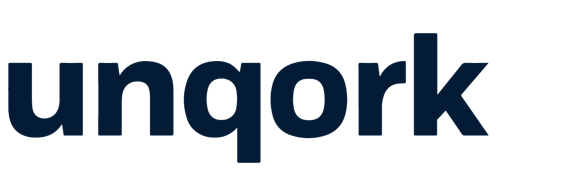Introduction
As enterprises become increasingly reliant on digital technologies to deliver information and services to customers, the look and feel of those products have become an increasingly crucial business consideration. Research has shown that 75% of users judge a company’s credibility based on visual design alone. In the healthcare sector, 94% of users’ first impressions of websites were design-related.
When it comes to building a high-quality brand-adherent digital asset, enterprises face many technical challenges (when using a traditional code-based approach). These challenges include addressing evolving user expectations for digital experiences, applying cohesive branding to all digital assets regardless of channel or audience, and competing for a small pool of experienced technical talent. This is where Unqork’s no-code application platform can be a game-changer.
Unqork provides a unified application platform that allows users—or “Creators'' as we refer to them at Unqork—to rapidly build and effectively manage enterprise-ready applications software through an intuitive visual UI. Visual programming accelerates development cycles and empowers non-IT business users to take part in the development process directly. The benefits of no-code extend to the visual appearance of the assets by empowering Creators to build brand-adherent digital applications without sacrificing speed or quality. In this eBook, we will explore all the ways that Unqork’s industry-first no-code application platform supports a robust, modern styling & branding function.
Centralized server-level controls
Sever-level Cascading Style Sheets (CSS) have been around since the mid-1990s. The technology was developed to help web designers efficiently manage user-facing elements’ appearance and behavior across a wide variety of assets. When using CSS, all rules are stored in one central location and scaled out (or “cascaded”) throughout the digital asset.

This centralized approach provides many benefits over the previous HTML-centric approaches to design:
- It uses far less code, resulting in faster download times
- Developers are freed from having to write the same code over and over, which saves time and resources
- All styling rules are centralized so they can be easily changed and instantly scaled
This same benefit of CSS in web design can also be applied when developing applications in Unqork, where style elements are handled at the environment (server) level and can be applied throughout a project.
With Unqork, Creators define elements’ appearance and behavior in one central location, including everything from the font/size of form copy to hover-over behavior. This ensures that visual elements always adhere to that organization’s visual guidelines no matter where in the application they appear.
In addition to speed and efficiencies, centralized controls allow organizations to evolve their styling and branding with little investment in resources. Any changes to an organization’s visual identity (e.g., shifting secondary red from #EC5232 to the slightly darker to #C22F2F) can be instantly scaled out to achieve pixel-perfect brand cohesion.
Instant Branding
Centralized control of visual elements is crucial because it means that new assets built in Unqork are automatically styled to an organization's brand regardless of channel, audience, or medium. As a result, organizations can take full advantage of Unqork’s acceleration without slowing development cycles to ensure branding is intact.
Regardless of if you build an application in a matter of months or days, or if it’s internal- or external-facing, or if it’s a greenfield application or an extension of an existing one, you can be assured that all assets will adhere to visual guidelines and require little-to-no intermediation from a brand designer.
In the Media | Fast Company, June 16, 2020:
“Instead of relying on code, the platform for New York-based Unqork provides a drag-and-drop, flowchart-style interface to specify how forms should collect data and how back-end logic, like determining who is eligible for what kind of programs, should function. That means that people who are familiar with the ins and outs of government and corporate operations can often quickly build working digital tools themselves even if they don’t have coding expertise.”
Empowered Business Users
While modern programming languages (Java, Python, etc.) can take a year to learn and a decade to master, Unqork’s no-code platform can be learned in a matter of weeks. As a result, with a little bit of training, business users can directly participate in the development process without relying on a designer or become a designer themselves.
When building solutions via a traditional code-based development approach, there is a necessary layer of translation between SMEs and engineers. With Unqork, business users can tweak existing content—or even build new solutions—without worrying about adhering to branding guidelines.
Once the styling is set at the server level, users can build new enterprise solutions without ever looking at a codebase. Indeed, many organizations include business users to be part of their no-code Centers of Excellence (CoEs) so they can have a direct role in building new applications.
While experienced designers will still play a central role for complex or unique applications (particularly external-facing projects), business users can take the lead on iterative updates or repurposing a familiar format (e.g., adding a new insurance product following the format of an existing digital asset). Since most Creators can build applications without ever having to think about styling/branding, they are freed to focus entirely on building value-additive solutions.
Unqork Hackathon: 1 hour of training, 1 week of tinkering, 9 enterprise-grade applications
Rapid prototyping & improved iteration
Unqork empowers organizations to rapidly develop high-fidelity assets that can be presented to internal or external stakeholders to guide improvements and iterations.
When building a solution, users quickly render a version of that solution and, if you want to make a change, you can quickly iterate and re-render. This acceleration of high-fidelity assets empowers organizations to rapidly receive feedback and iterate user-facing designs and perfect the overall user journey. With Unqork, you can build high-fidelity prototypes far more quickly and efficiently than if using a traditional code-based approach.

Anonymous user access (AKA “global access”)
Unlike other competing enterprise development platforms, Unqork provides “Anonymous User Access” (also known as “Global Access”), which allows organizations to deliver digital experiences to both authenticated and non-authenticated users, along with bridges between the different user journeys when necessary.
This capability empowers enterprises to use Unqork to develop branded digital experiences for potential or future users. For example, an insurance provider could use Unqork to rapidly build and effectively manage a responsive omnichannel “brochure” website for a new policy and then provide a gateway for users to authenticate themselves and begin the buyer’s journey.
Unqork in Action: Play On
 Unqork specializes in accelerating enterprise application development; however, it is flexible enough to develop a robust general-audience application.
Unqork specializes in accelerating enterprise application development; however, it is flexible enough to develop a robust general-audience application.
This flexibility was on display when Unqork partnered with actor Kevin Bacon’s SixDegrees.org, to support PLAY ON, a star-studded televised event to support the NAACP Legal Defense Fund (LDF) and WhyHunger.
To collect donations, drive traffic, and raise awareness about the PLAY ON event, Unqork built two web applications. The first was a backend CRM for collecting sponsorships before the concert. “Whether you’re entering donations or insurance policies into a system, it’s fundamentally the same concept,” says Nick Gamble, our VP of Solutions. Thanks to Unqork’s component-based architecture and templated workflows, our team was able to build PLAY ON’s CRM in just one week.
The second was a dynamic, audience-facing hub for all of PLAY ON’s web traffic. Unqork’s platform is designed to scale, which helped ensure that site can handle millions of users without compromising security or slowing down performance. Indeed, a recent analysis found that our platform boasted 99.99% uptime.
“Our platform is known for complex enterprise solutions in regulated industries—not necessarily celebrity-laden events,” says Mark Wheeler, VP of Communications. “The team stepped up to the plate, explored a new space, and got the opportunity to be creative while figuring out different ways to use the platform.”



